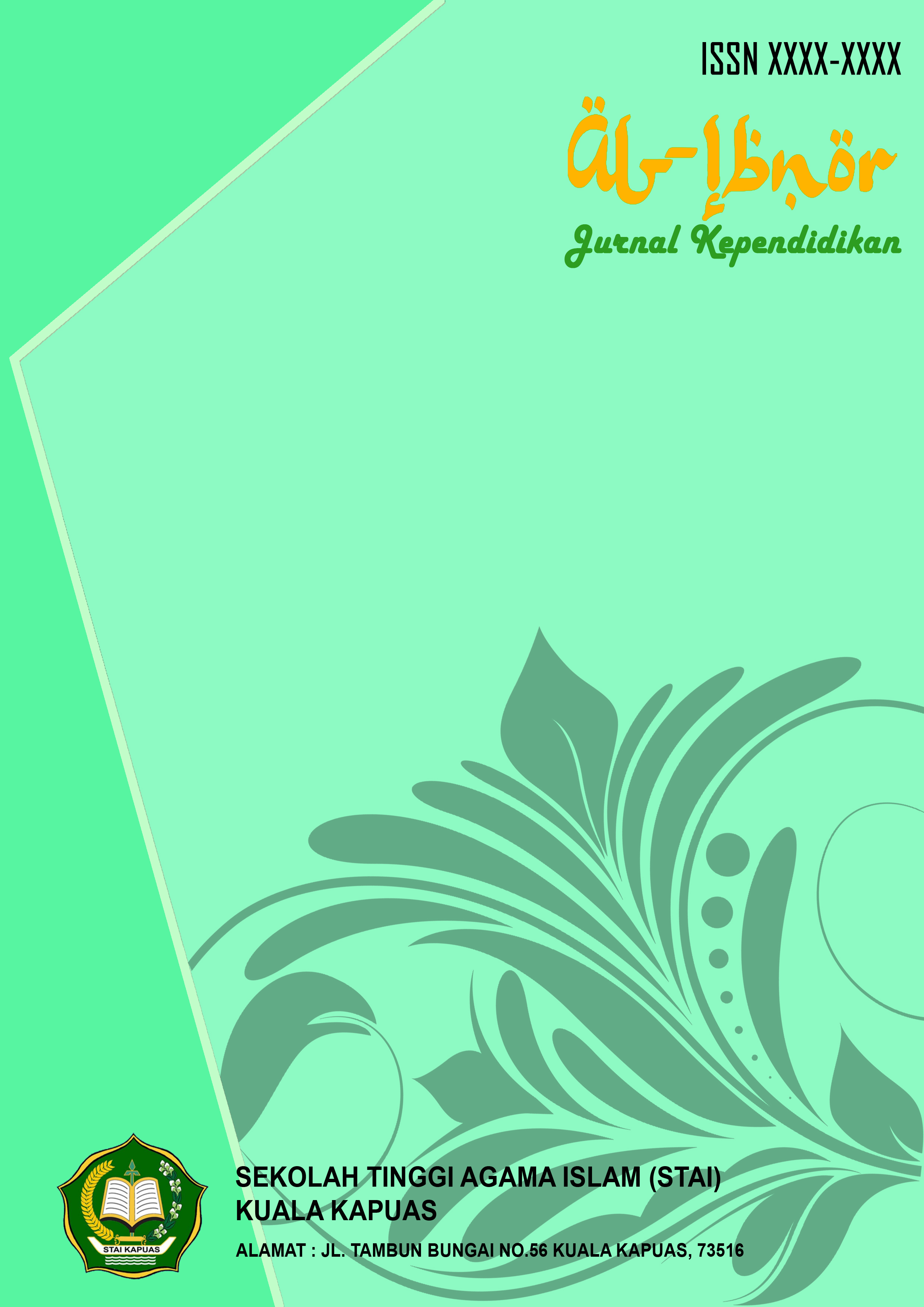Mengulik Metode Tafsir Ayat-Ayat Ekonomi (Tafsir Bi Al Matsur, Tafsir Bi Al Ra`Yi, Tafsir Bi Al Isyari)
DOI:
https://doi.org/10.63849/alibnor-vol3-no1-2025-id163Keywords:
Tafsir, Bi Al-Matsur, Bi Al-Ra'yi, Bi IsyariAbstract
This article discusses the interpretation approach, namely tafsir bi al matsur, tafsir bi al ra'yi, tafsir bi isyari. With the aim of knowing the explanation and differences of various approaches to the science of interpretation, namely tafsir bi al matsur, tafsir bi al ra'yi, tafsir bi isyari. This article uses qualitative research based on literature (library research) with a qualitative descriptive approach and descriptive analysis techniques. The results of this study show the differences in interpretation methods between tafsir bi al matsur, namely the method of interpreting verses using other verses or the hadith of the Prophet Muhammad, tafsir bi al ra'yi, namely interpretation taken based on ijtihad and the thoughts of the mufassir after knowing Arabic and its methods, legal arguments are addressed in the interpretation, while tafsir bi al isyari is an interpretation carried out based on existing or obscure signs and can be understood and known by people who have knowledge in their fields and have a high level of piety. Interpretation through interpretation of the verses of the Qur'an must be in accordance with or in line with the literal or apparent meaning of the verses of the Qur'an which are interpreted from various angles.
Downloads
Published
How to Cite
Issue
Section
License
Copyright (c) 2025 AL-IBNOR

This work is licensed under a Creative Commons Attribution-ShareAlike 4.0 International License.
Berikut versi bahasa Inggris dari License Terms untuk website Al-Ibnor: Jurnal Kependidikan, disusun sesuai dengan standar internasional jurnal ilmiah berbasis OJS:
License Terms
Al-Ibnor: Journal of Education (Jurnal Kependidikan)
1. License and Copyright
All articles published in Al-Ibnor: Journal of Education are licensed under a Creative Commons Attribution-ShareAlike 4.0 International License (CC BY-SA 4.0).
This license allows anyone to:
-
Copy, distribute, display, and perform the work;
-
Adapt, remix, or build upon the work;
as long as proper credit is given to the original author(s) and Al-Ibnor: Journal of Education, and the resulting work is distributed under the same license.
License link: https://creativecommons.org/licenses/by-sa/4.0/
2. Author’s Rights
Authors who publish their work in Al-Ibnor: Journal of Education retain the copyright of their articles while granting the journal the right of first publication.
Authors are allowed to:
-
Deposit preprint, postprint, or published versions of their articles in institutional or personal repositories;
-
Reuse parts or the entirety of their articles in other publications (such as books or book chapters), provided that the original publication in this journal is properly acknowledged.
3. Author’s Responsibility
The content of each article is solely the responsibility of its author(s). Al-Ibnor: Journal of Education and the publisher are not responsible for any claims, interpretations, or consequences arising from the published materials.
4. Use of Articles
All users are permitted to read, download, copy, print, search, or link to the full text of articles published in this journal without prior permission from the publisher or author(s), as long as the use complies with the CC BY-SA 4.0 license terms.
5. Acknowledgment and Citation
Any reuse or redistribution of articles must include:
-
Author’s name;
-
Article title;
-
Journal name (Al-Ibnor: Journal of Education);
-
Volume, issue, year of publication;
-
DOI ; and
-
A clear reference to the CC BY-SA 4.0 license statement.
6. Publisher
Al-Ibnor: Journal of Education (Jurnal Kependidikan)
is published by
Sekolah Tinggi Agama Islam (STAI) Kuala Kapuas
Central Kalimantan, Indonesia.
Website: https://ejurnal.staikualakapuas.ac.id/index.php/alibnor






















